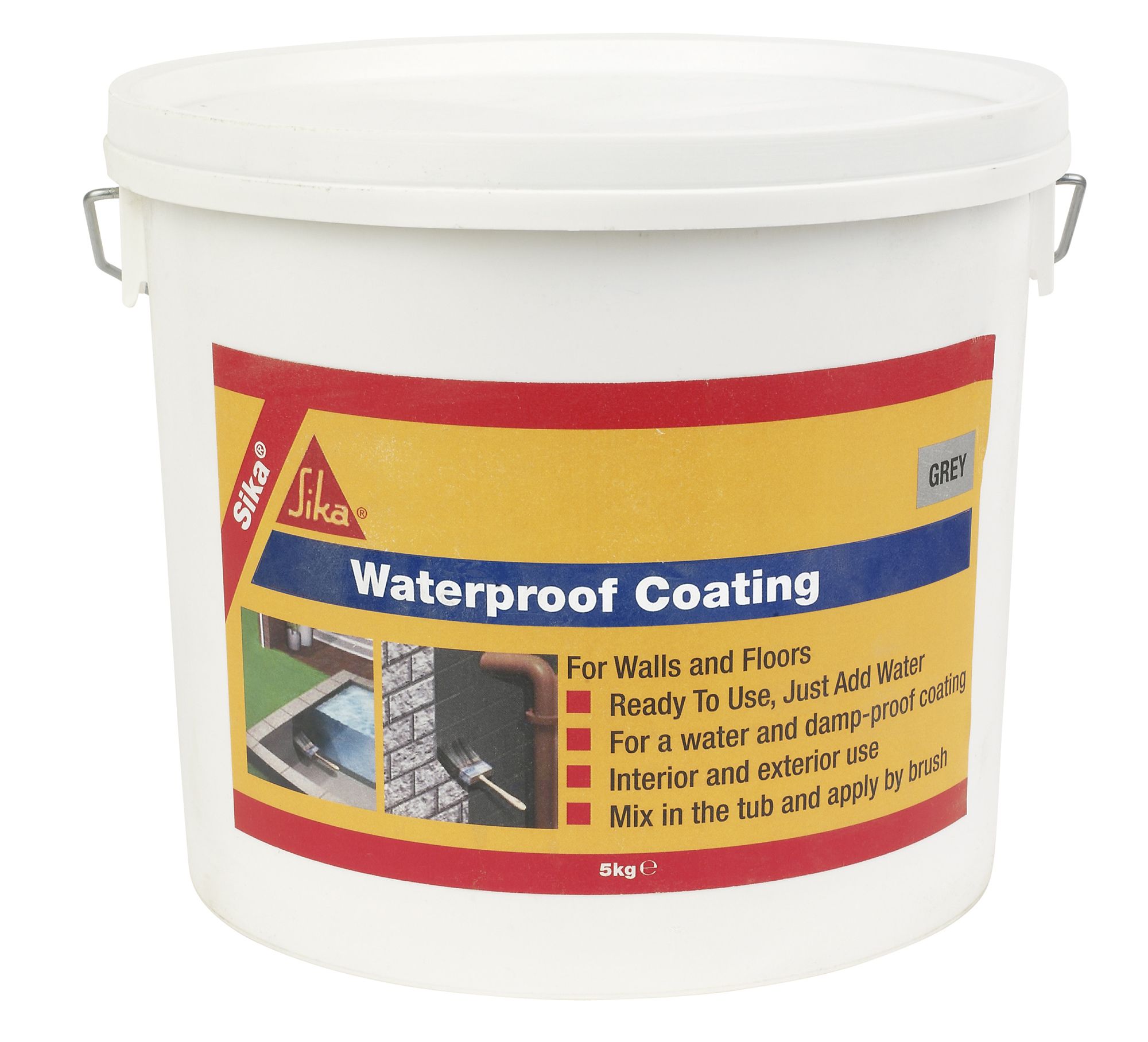When embark on new construction, one often thinks about the design elements and structural integrity of the building. Nonetheless, neglecting the importance of waterproofing can lead to devastating consequences that may not surface until later on. Effective waterproofing is critical for every home and business building because it protects against water damage, which can jeopardize your property value, lead to expensive repairs, and create an unwholesome living environment.
Understanding the various aspects of waterproofing is crucial for homeowners and builders alike. From selecting the right waterproofing products to deciding whether to take a DIY approach or hire professionals, having a solid grasp of waterproofing strategies can save thousands in potential repairs. This guide will delve into everything you need to know about waterproofing, including its importance, the signs that suggest your property may need attention, and the best techniques to ensure your new construction remains dry and protected for years to come.
Understanding the Significance of Waterproofing
Waterproofing is a fundamental aspect of every new construction project, shielding structures against the harmful effects of water infiltration. Water can seep into basements, walls, and ceilings, leading to a variety of issues including mold growth, compromise to the structure, and high repairs. Ensuring proper waterproofing from the outset not only protects the integrity of the building but also improves its durability and worth over the long run.
Ignoring the necessity of moisture protection can lead to significant financial repercussions. The costs associated with moisture damage repairs can escalate quickly, often reaching a substantial amount of dollars. This makes investment in high-quality waterproofing systems a smart decision for homeowners and builders alike. leaky basement can essentially save funds in the long run by minimizing the likelihood of significant repairs and maintenance.
Additionally, moisture protection plays a key role in creating a safe living environment. Wet and moisture-laden areas are breeding grounds for mold and mildew, which can compromise indoor air quality and pose hazards to occupants. By prioritizing waterproofing in new construction, builders and property owners can create areas that are not only durable but also encourage a safe and pleasant atmosphere.
Common Waterproofing Techniques and Options
Regarding effective waterproofing, several techniques can be utilized to protect a structure from moisture harm. One well-known method is the implementation of waterproofing membranes, which are sheets or liquid coatings that create a shield against moisture. These membranes can be used to walls, foundations, and roofs, providing a continuous layer of protection. Additionally, sheet membranes are prevalent in areas susceptible to heavy water exposure, such as basements and balconies, ensuring that water does not infiltrate vital structural components.
Another effective waterproofing solution is the implementation of drainage systems, such as French drains or sump pumps. These systems divert water away from the foundation, lowering the risk of flooding and water accumulation. Proper drainage is crucial in maintaining the strength of buildings, particularly in regions with heavy rainfall or poor soil drainage. By implementing these systems in conjunction with waterproofing membranes, homeowners can significantly reduce water damage risks.
In addition to membranes and drainage solutions, the selection of appropriate waterproofing coatings is crucial for areas like bathrooms and kitchens. Waterproof paints and sealants are designed to repel moisture, stopping mold and mildew growth. Moreover, specialized https://squareblogs.net/leadaunt5/sealing-your-garden-protecting-plants-from-excess-water for tile waterproofing can protect floors and walls from moisture penetration. Choosing effective waterproofing products ensures lasting performance and effectiveness, ultimately safeguarding your investment and improving the comfort of your living spaces.
Choosing the Appropriate Approach for Your Home
When evaluating waterproofing for your home, it is important to assess your particular needs and the features of your property. Each house presents distinct challenges, whether it is a basement prone to water intrusion, a level roof that collects water, or outdoor structures exposed to the weather. Understanding these factors will help you determine whether interior or outdoor waterproofing methods would be more effective. Consulting with a professional can also provide insights tailored to your circumstances, ensuring you make sound decisions.
Another essential aspect to consider is whether to take the DIY route or engage professional services. Do-it-yourself waterproofing can be cost-effective, especially for less complex projects or repair tasks. However, expert waterproofing services often provide long-lasting results and apply specialized techniques that can significantly reduce the chances of water damage. Reviewing the advantages and disadvantages of each option is crucial, as the right choice can save you work, possibly thousands in repairs down the future.
Finally, investing in the top waterproofing products available will yield the optimal results. Researching and picking top-grade materials, such as established coatings and sealants, will enhance the success of your waterproofing efforts. Look for products designed particularly for your intended application—be it roofs, bathrooms, or driveways—ensuring they meet industry standards. By prioritizing excellence in your waterproofing plan, you can create a strong barrier against moisture, preserving your home’s integrity and safeguarding your asset.

